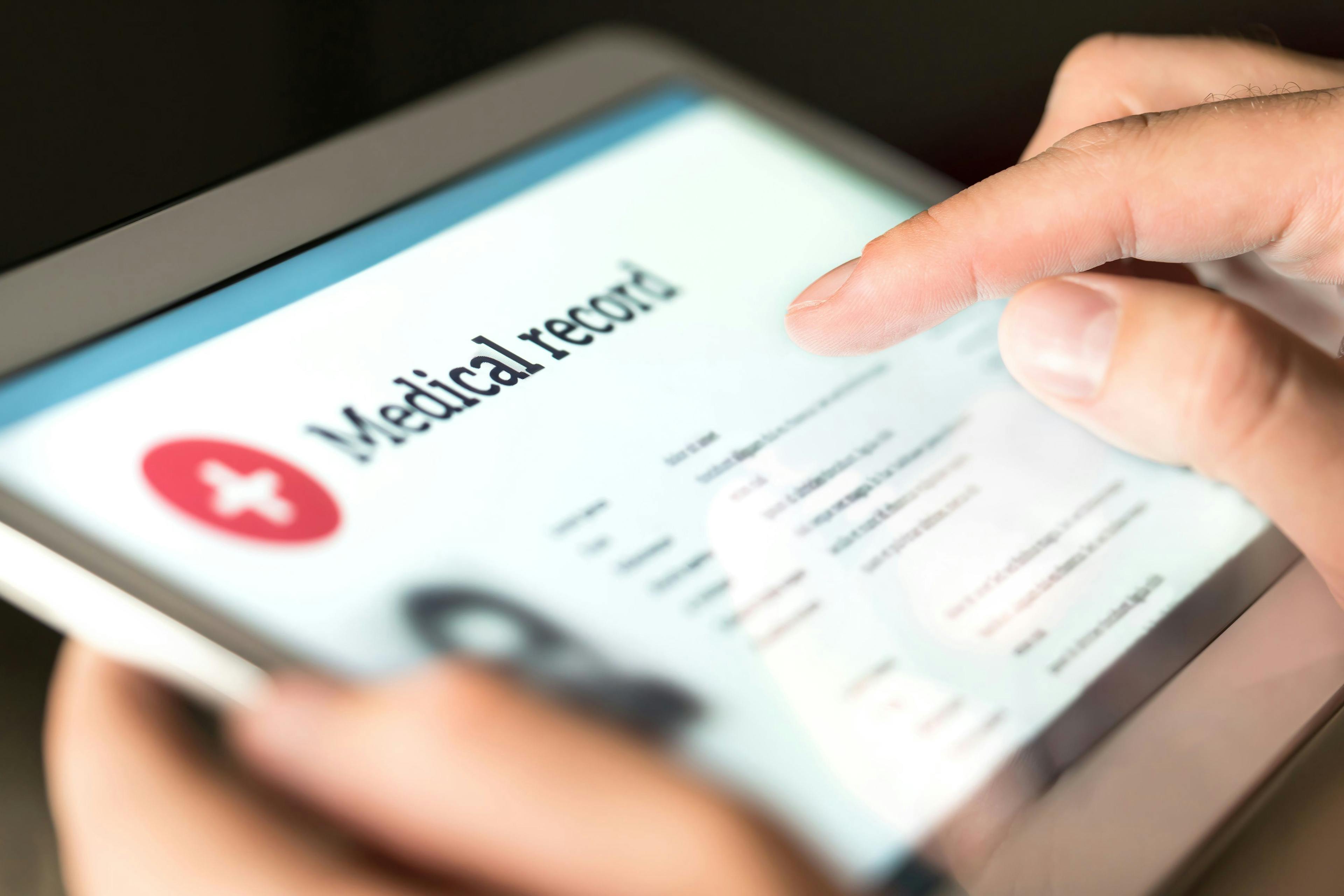- Acne
- Actinic Keratosis
- Aesthetics
- Alopecia
- Atopic Dermatitis
- Buy-and-Bill
- COVID-19
- Case-Based Roundtable
- Chronic Hand Eczema
- Chronic Spontaneous Urticaria
- Drug Watch
- Eczema
- General Dermatology
- Hidradenitis Suppurativa
- Melasma
- NP and PA
- Pediatric Dermatology
- Pigmentary Disorders
- Practice Management
- Precision Medicine and Biologics
- Prurigo Nodularis
- Psoriasis
- Psoriatic Arthritis
- Rare Disease
- Rosacea
- Skin Cancer
- Vitiligo
- Wound Care
Publication
Article
Dermatology Times
Discovering Dermatology Times: April 2023
Author(s):
Learn more about the in-depth topics covered in the April 2023 issue of Dermatology Times®.
The April issue of Dermatology Times® includes a collection of thought-provoking articles and topics ranging from advances in rosacea treatments to using tirbanibulin for actinic keratoses. Be sure to take a look at the highlights from the issue below. Also, don’t miss a moment of Dermatology Times by signing up for our eNewsletters and subscribing to receive the print issue each month.

Advances in Rosacea Therapy
April is National Rosacea Month. Recent data has indicated a correlation between rosacea and certain cardiovascular, neurologic, endocrine, and gastrointestinal disorders. Steve Daveluy, MD, FAAD shares insight on comorbidities, plus several new and exciting therapies available.
With all the recent advances in therapy for the chronic inflammatory and relapsing central facial dermatosis known as rosacea, the condition can nevertheless be very challenging to treat. Interestingly, many of the newer treatment approaches currently used in rosacea involve fine-tuning and tweaking the older medications that have already proven their therapeutic efficacy for the disease.
Soda Linked to Higher Risk of Male Baldness
A diet consisting of sugar-sweetened beverages (SSBs) was associated with a significant increase in male pattern hair loss (MPHL) in young men, according to a study published in Nutrients. The authors are Chinese nutritional epidemiology investigators who explore the dietary factors and dietary patterns that can affect hair loss.
“We observed that lots of our friends or colleagues who complained about excessive hair shedding or baldness had unhealthy eating habits, especially excessive consumption of sugary drinks,” said principal investigator Ai Zhao, PhD, an assistant professor of public health at Tsinghua University in Beijing, China.
The Amazing Skin Microbiome
In this month's Cosmetic Conundrums column, Zoe Diana Draelos, MD, provides an in-depth discussion of the role of the skin's microbiome. The normal skin microbiome cannot be universally defined. The skin microbiome varies from person to person based on sex, age, body location, antimicrobial peptide presence, and immune function. It is not possible to “normalize” the microbiome for any individual permanently. Only small temporary changes can be achieved through the topical application of live bacterial materials or nutritional sources for the resident microflora. The normal skin microbiome is made up of largely gram-positive species. The skin surface is a rather harsh microbial environment with the epidermal keratinocytes controlling the microbiome through the production of beta-defensins and cathelicidins.
Tirbanibulin Improves Skin in Patients with Actinic Keratosis
Treating actinic keratoses (AKs) in a timely and effective manner is crucial, as there is no direct way to predict which hyperkeratotic lesions of chronically sun-exposed skin will become cancerous, according to Todd Schlesinger, MD, Leon Kircik, MD, and colleagues. Schlesinger, Kircik, et al’s data was presented as a poster at the 2023 South Beach Symposium meeting in Miami Beach, Florida. Data from the single-arm prospective cohort study, PROAK (NCT05260073), demonstrated that clinicians were satisfied that the majority of patients who received once-daily tirbanibulin treatment for 5 days achieved better-looking skin and skin texture by week 8.

Newsletter
Like what you’re reading? Subscribe to Dermatology Times for weekly updates on therapies, innovations, and real-world practice tips.


























